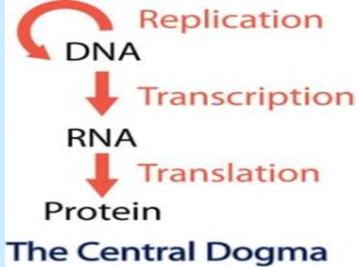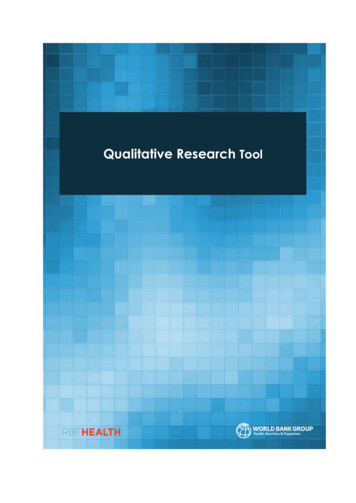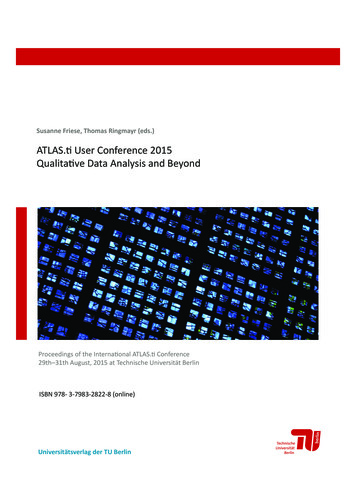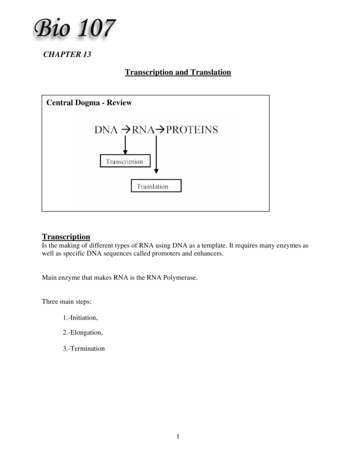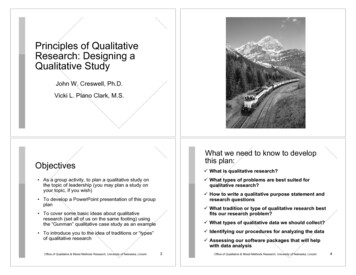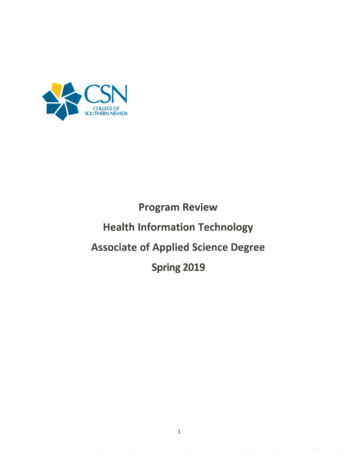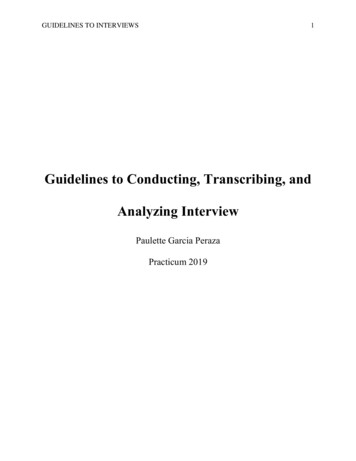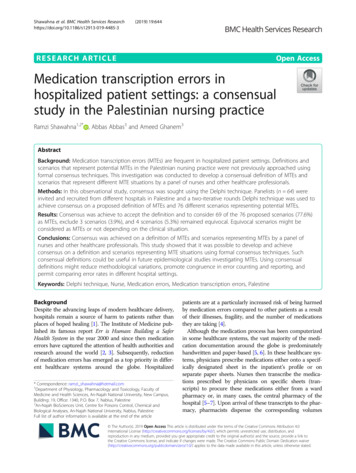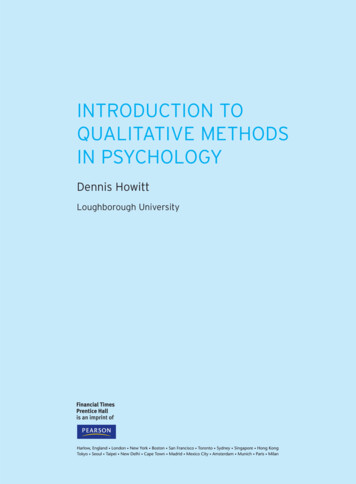
Transcription
Qualitative Data Transcription andTranslationIRC Research ToolkitThis document aims to provide guidance to IRC staff on transcribing and translating recordings frominterviews for research, monitoring and evaluation.TranscriptionTranscription is the action of providing a written account of spoken words. In qualitative research,transcription is conducted of individual or group interviews and generally written verbatim (exactly word-forword).Transcribing may appear to be a straightforward technical task. However, the process of transcription maydiffer depending on its end use1. Transcripts that are used mainly to select quotes and sound bites may notneed the same level of details as transcripts which will be systematically reviewed, grouped into themes(often through a process of coding), and analyzed for content.The sections below provide guidance on 1) whether to transcribe, 2) budgeting time and resourcesrequired for transcription, 3) hiring transcribers, 4) tips and best practices in transcription, and 5) ethicsand confidentiality.1) Deciding Whether to TranscribeIs it always necessary to transcribe audio or audio-visual recordings? Not always. Some qualitative dataanalysis software allows users to code sound recordings (as opposed to written text). However, keep inmind that this won’t work if the recordings require translation. Also, some researchers prefer to have writtentranscripts when conducting analysis, either for ease of use or to have a back-up in case of technical failure.2) Budgeting Time and ResourcesTranscription is a detailed, time-consuming activity, especially when done well. It is easy to under-budgettime and resources. It can take anywhere from three to 10 hours to transcribe one hour of recording,depending on several factors including the level of detailHelpful Hintrequired, the transcriber’s skill, and the quality and complexityof the recording (e.g., whether several participants are talkingAs a general rule of thumb, focus groupat once). For guidance on budgeting sufficient resources anddiscussions take longer to transcribe thantime, you can consult the Qualitative Methods Budgetinterviews with a single participant.Template.Timing of transcription is also important. Transcribing should occur soon after an interview / focus groupdiscussion, when the discussions are still salient. This way, if recordings are unintelligible etc., transcribersmay consult with the interviewer to clarify what was said.1Mondada, Lorenza. 2007. “Commentary: transcript variations and the indexicality of transcribing practices”.
If resources allow, it is considered best practice to first transcribe an interview in the original sourcelanguage and then translate it into the target language. This way you can continually check transcriptsagainst translated interpretations during analysis. Tips on Recording InterviewsPurchase recording devices with built-in USBs to facilitate easy transfer of data from the recording deviceto a computer.Test the recording devices before starting data collection. Check for sound clarity and compatibility withyour computers.If possible, always equip interviewers with extra batteries, an extra recording device, paper andpens/pencils as a back-up.Always write notes (even if mostly bullet points), even when recording device is available. If a recordingfails or is not sufficiently clear, at least you’ll have some data to analyze.Ensure the data collection activities are carried out in a quiet location (for recording purposes).Immediately after qualitative data collection, spot check the quality of the recording. If the quality is poor(e.g., voices are muffled), immediately jot down as much detail about the discussions as possible.In some cases, it may not be appropriate to record the interview (e.g., when discussing particularlysensitive topics, when capturing nuanced detail is unnecessary).3) Hiring Transcribers When hiring a transcriber, researchers should consider a number of factors, including the person’snative language, computer skills and typing speed, attention to detail, as well as his/her familiaritywith the population being studied and the vernacular being transcribed. Candidates who are being considered for a transcription position should be given a test – i.e. tolisten and transcribe a mock recording developed by the researcher in an allotted timeframe – toassess his/her transcription abilities. Prior to this assessment, candidates should be provided with specific instructions about theresearch purposes, and the corresponding transcription requirements (e.g., expected structure andlevel of detail). Especially for new staff, perform spot checks of transcriptions while the process is ongoing. Listento portions of the recording and check this against the transcript for accuracy. If the recording is ina language which you do not understand, ask a trusted, experienced staff member who does. Another technique is to have multiple people transcribe the same material and to compare thedifferent versions.4) Tips and Best Practices in TranscriptionDecisions about the level of detail (e.g., whether to transcribe or omit non-verbal dimensions, like bodylanguage, or involuntary vocalizations), and data representation (e.g., representing the verbalization“hwarryuhh” as “How are you?”) should be discussed with transcribers in advance. There is an importanttrade-off to be made between the accuracy of the transcript and its readability. How much detail is enough?This depends on the research aims. Here are a few tips: Unintelligible text or silence should be noted, with the approximate seconds listed. Similarly, iftranscribers are unclear about the precise wording (e.g., if speech is slightly muffled), this shouldbe flagged (e.g., with red text) and the transcriber should follow up with the interviewer forclarification.
Particularly for case studies, “thick” descriptions are very important. You may want to considertranscribing visual information that will help with data interpretation, for example, room layout, bodyorientation, facial expression, gesture and the use of equipment in consultation. In other types ofanalyses, this level of detail may be too time-consuming for its worth. Decide whether full representation is important. Certain representations of accents may beunhelpful, either because it can make the text difficult to read, because it may make the speakersound less educated, or convey their ethnic background or place of origin. Decide whether it’s important to transcribe certain sounds like “Hm”, “Ok”, “Ah”, “Yeah”, “Um”, “Uh”,and “Uh huh” / “Nuh uh”. Unlike many involuntary noises, like throat clearing, there is meaningattached to them that can influence a conversation. Often, these vocalizations are not transcribed,but can provide a great deal of insight into both the nature of conversation (i.e., how one converses),but also the informational content of the conversation (Gardner 2001). Once you have made decisions on the above, it is good practice to provide transcribers with aspecific notation system and examples to use as a guide.5) Ethics and Confidentiality Before starting data collection, check whether you are required to obtain ethical approval from anInstitutional Review Board. This is required if you are conducting research with humans. If you are hiring a transcriber, it is recommended that he/she sign a confidentiality agreement toprevent the disclosure of participants’ personal information. Researchers will need to determine when personally identifying information (PII) should beremoved from the transcript. This may be at the time of transcription, in which case, transcribersshould be informed of what constitutes PII and what placeholders should be used (for instance,with the following notation: [city street]). If in doubt, consult the overseeing Institutional ReviewBoard for advice. As explained under the “Tips and Best Practices in Transcription” above, highly accurate transcripts(with representations of accents and verbal idioms) may risk exposing participants’ identities.Consider this risk when instructing transcribers on the level of detail and representation requiredfor the purposes of the analysis.TranslationTranscription that involves translation from one language to another presents an especially complex andchallenging task. If the researcher is not a native speaker of the language used by research participants,translators are often required. This section provides guidance on 1) budgeting time and resources requiredfor transcription, 2) hiring transcribers, 3) tips and best practices in transcription, and 4) ethics andconfidentiality.1) Budgeting Time and ResourcesDepending on skills of transcribers and the relevant languages, time & effort to transcribe can vary quitebroadly, from an estimated 3-10 hours to transcribe each hour of transcript. Calculate an estimated 1 hourof coding per person for every page of transcript. For translation, a rule of thumb is to estimate that 10pages can be translated per day per person.2) Hiring Translators The quality of data translation can have significant implications on the conceptual equivalence and
accuracy of study findings. Therefore, choosing and evaluating translators is critical. The translatornot only literally translates language, but also adds cultural or interpretive insights. Researchers may choose to hire a certified translator. However, in the contexts in which we work,this is often infeasible. It is important to take into consideration candidates’ experience, educationlevel, whether he/she is a bilingual native speaker, his/her socio-linguistic competence, andwhether he/she is from the same area as subjects. Candidates who are being considered for a translator position may be given a test – i.e. to listenand translate a mock recording developed by the researcher in an allotted timeframe, then have itback-translated by another native speaker. In order to adequately budget the translators’ time, investigators should systematically plan for howmuch to involve translators in the research process (e.g., in question development, data collection,data analysis, and dissemination). Especially if this translator is a new staff person, it could be important to spot check the quality ofthe translation as it is ongoing by asking a native speaker to provide an alternate translation or aback-translation. Brislin’s model of translation is considered by many to be best practice and involves recruiting atleast two bilingual people who translate the qualitative research recordings from the originalsource language into the target language. Another bilingual person will then back-translate thedocuments from the target language to the source language, and finally both versions arecompared to check accuracy and equivalence. Any discrepancies that have occurred during theprocess are then negotiated between the two bilingual translators. The objectivity of the interpreter should be stressed in trainings (e.g., not modifying answersbased on what the translator thinks the researcher wants to hear).3) Tips and Best Practices in Translation Research questions should be developed in the source language without the use of slang,colloquialisms, and complex sentence structures to avoid errors when translated. Translated questions should also be pilot tested before undertaking the main qualitative study. Researchers may find it useful to develop a translation lexicon to serve as a consistent resourcefor the translator. For example, codebooks for analyses could be provided to the translator inboth the target and source language. This could include tips on:oWhat to do when words do not have an exact equivalent translation. For example, in thiscase the original word may be maintained in quotes with the closest description inbrackets or footnotes. It may be a good idea to discuss the meanings of particular wordsamongst the study team.4) Ethics and Confidentiality Before starting data collection, check whether you are required to obtain ethical approval from anInstitutional Review Board. This is required if you are conducting research with humans. If you are hiring a translator, it is recommended that he/she sign a confidentiality agreement toprevent the disclosure of participants’ personal information.
Additional ResourcesThe above guidelines are drawn from the author’s experiences and the following (open source)recommended readings: Bailey J. (2008). First steps in qualitative data analysis: transcribing. Family Practice, 25, 127–131.Davidson, C. (2009). Transcription: Imperatives for Qualitative Research. International Journal ofQualitative Methods 2009, 8(2).Oliver, D., Serovich, J., & Mason, T. (2005). Constraints and Opportunities with InterviewTranscription: Towards Reflection in Qualitative Research. Soc Forces, 84(2), 1273-1289.Regmi, K., Naidoo, J., & Pilkington, P. (2010). Understanding the Processes of Translation andTransliteration in Qualitative Research. International Journal of Qualitative Methods 2010, 9(1).Squires, A. (2008). Language barriers and qualitative nursing research: methodologicalconsiderations. Int Nurs Rev, 55(3): 265–273. doi:10.1111/j.1466-7657.2008.00652.x.Temple, B. & Young, A. (2004). Qualitative research and translation dilemmas. QualitativeResearch, 4(2), 161-178.
In qualitative research, transcription is conducted of individual or group interviews and generally written verbatim (exactly word-for-word). Transcribing may appear to be a straightforward technical task. However, the process of transcription may differ depending on its end use1. Transcripts that are used mainly to select quotes and sound .
